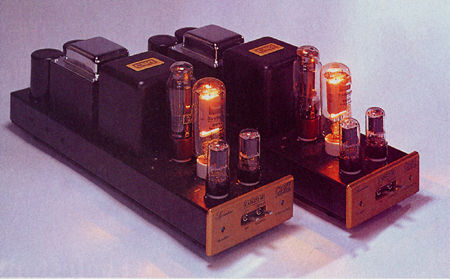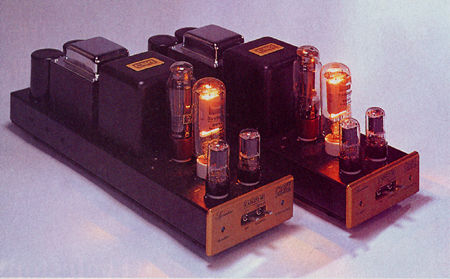
Cary Audio Design CAD-572SE monoblock power amplifier Martin Colloms' Associated Equipment
Cary Audio Design CAD-572SE monoblock power amplifier Martin Colloms' Associated Equipment

- Read more about Cary Audio Design CAD-572SE monoblock power amplifier Martin Colloms' Associated Equipment
- Log in or register to post comments


